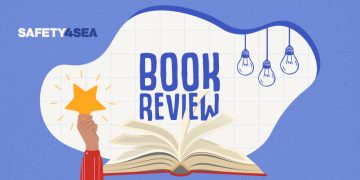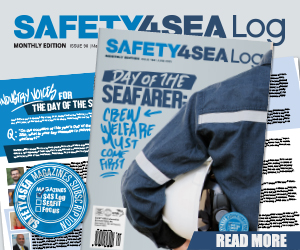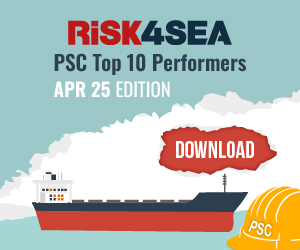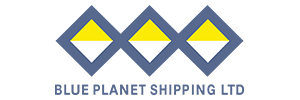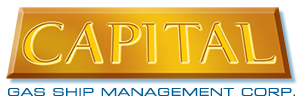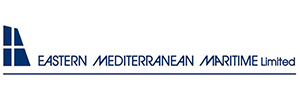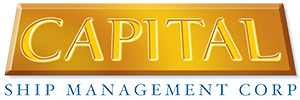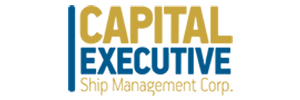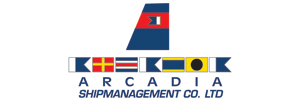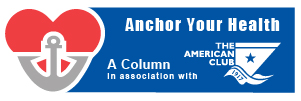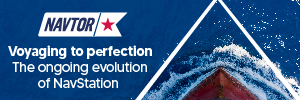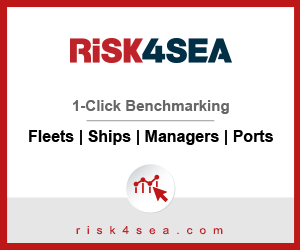John Southam and David Berkeley provide the legal perspective in the case of CMA CGM Libra in SeaSense column, our special column in association with the North P&I Club.
Early in the morning of the 18 May 2011, the container vessel CMA CGM Libra departed Xiamen on passage to Hong Kong with a draft of just over 15m. After the pilot left the vessel, the vessel continued to proceed down the fairway and out to open sea.
The passage plan being followed by the vessel’s crew was prepared by the 2/O and approved by the Master. As this incident occurred in 2011, the vessel’s primary means of navigation was paper charts.
Initially the vessel was in the fairway proceeding outbound, however at approximately 02:25 the vessel altered to the south and departed the fairway. It remains unclear as to why the Master made this decision but, in a statement, taken shortly after the incident, the Master said he was concerned his ship was heading into shallow water within the fairway, but had “plenty of water” to leave and then re-join the fairway between buoys 14-1 and 14. This allowed the trial judge to conclude that the Master took a deliberate decision to navigate outside the buoyed fairway.
At 02:35 on the 18 May 2011, whilst outside the buoyed fairway, CMA CGM Libra was confirmed to the local VTS as aground. At this time the charted depth was noted as between 27 and 30 metres.
If it was deep enough, why did it happen?
The area where CMA CGM Libra grounded was a former mined area, and as such there had been no recent accurate hydrographic survey of the area, so the depths were unreliable.
Indeed, at the time of the incident a temporary and preliminary notice (T&P) was in force, NM6276 P-10. This stated that charted depths outside of the fairway were unreliable. However, the T&P was not marked on the chart, and the chart did not contain any warnings or no-go zones to warn the bridge team that depths less than charted existed outside of the fairway.
When should this have been noted?
The standard for passage planning has been around for many years, the process remains unchanged even though technological changes have brought the use of ECDIS to the industry. The process remains:
- Appraisal – This is where the officer conducting the plan gathers together all information that is relevant to the upcoming passage. This includes navigation warnings and T&P notices.
- Planning – After gathering the information together, the officer then uses this as the foundation to start planning the passage.
- Execution – After the plan is approved by the Master and reviewed by the bridge team, the plan is executed.
- Monitoring – The bridge team monitor the intended passage by all appropriate means.
As can be seen in the case of the CMA CGM Libra, there were apparent failings in the appraisal and planning phases. The T&P notice that warned of unreliable depths, should have been noted. Then armed with this knowledge, the officer preparing the passage plan should have made the appropriate mark on the chart in the form of a no-go zone and in the narrative section of the passage plan.
What happened in the courts?
The Owners of CMA CGM Libra commenced legal proceedings to recover unpaid General Average (“GA”) contributions from some of the cargo interests after they refused to pay their GA contributions, arguing that errors within the vessel’s passage plan had rendered the vessel unseaworthy (i.e., there had been actionable fault for the purposes of Rule D of the York-Antwerp Rules).
Cargo interests criticised the passage plan in a number of aspects, but the critical error was the failure to record “all areas of danger” in accordance with the IMO guidelines for passage planning. In particular, the passage plan did not reflect a recent T&P notice advising that depths on the approaches to Xiamen were less than charted. By contrast, Owners’ case was that the grounding was caused by an uncharted shoal.
The case went before the English Admiralty Court, the Court of Appeal, and the Supreme Court.
At first instance the English Admiralty Court held that:
- The Master’s decision to deviate from the fairway was negligent on the basis that a prudent mariner would have concluded that it was not safe to navigate outside of the fairway in circumstances where a T&P notice warned of unreliable depths.
- The passage plan was defective as it should include all areas of danger. The passage plan and working charts should have been marked with a warning to the effect of: “depths less than charted exist outside of the fairway”.
- Passage planning was an aspect of seaworthiness, and that a prudent owner would require an adequate passage plan to be put in place before the beginning of the voyage. In the present case, the vessel was deemed to be unseaworthy at the beginning of the voyage by reason of a defective passage plan.
- The defective passage plan was causative of the master’s negligent decision to leave and navigate outside of the buoyed fairway.
- The negligence in the preparation of the passage plan amounted to a failure to exercise due diligence to make the vessel seaworthy as required by article III, rule 1 of the Hague Rules.
- The owner’s duty to exercise due diligence was non-delegable; and
- The cargo interests had established causative unseaworthiness, and the owners had failed to establish the exercise of due diligence to make the vessel seaworthy. Cargo interests were therefore not liable to contribute to GA.
The Owners of CMA CGM Libra appealed to the Court of Appeal on two questions of law, but the Court of Appeal found that the Admiralty Judge at first instance had correctly applied the law and dismissed the appeal. The Owners of CMA CGM Libra subsequently appealed to the Supreme Court on the same two questions of law.
The Supreme Court agreed that the vessel was unseaworthy because she commenced her voyage with a defective passage plan and confirmed that Owners were unable to rely on a defence that they had exercised due diligence to make the vessel seaworthy because the crew’s negligence in preparing the defective passage plan was attributable to the carrier. The Supreme Court upheld the decisions of the English Admiralty Court and Court of Appeal and unanimously dismissed the appeal.
The Supreme Court judgment also provides guidance on a number of important issues in the area of seaworthiness, beyond passage planning.
A SUMMARY OF THE SUPREME COURT CAN BE FOUND HERE
What does this mean to the crews and operators?
So, is this about setting a new standard for passage planning? The reason that the process and standard of passage planning has stood the test of time is simply that if followed, it works. The incident on the CMA CGM Libra was a result of the crew missing out certain steps in the passage planning process.
As such, to prevent such incidents in the future it is important that crews follow this tried-and-tested process when passage planning, completing all the steps outlined above fully.
Operators need to ensure that crew are following the process and best practice guidance. Some things that may help this process include:
- A clear and understandable SMS procedure. Make sure your procedures are written for the crew and that they are systematic. This is not a document written for lawyers but for the crew to follow and understand.
- Reference IMO Res. A.893, make sure all best practice is included in the SMS.
- Ensure that publications such as the ICS bridge procedures guide are available on board and that crew are familiar with its contents.
- Ensure that when crews sit their bridge team and bridge resources management courses, adequate time is spent on highlighting the importance of proper passage planning and the process. If you don’t have your own training facility, make sure your provider is giving the correct standard of training to your crew.
- Hold regular seminars and in-house crew training using case studies such as the CMA CGM Libra to highlight the importance of proper passage planning.
- Consider a navigation safety campaign, keep the importance of correct standards in passage planning at the forefront of your safety message.
- Navigation audits: remember that these can be done either in person or remotely using VDR data. Auditing performance allows operators to identify trends and focus on areas for potential improvement.
North has a member benefit in place that allows North members over 40% off remote navigation audits.
This isn’t about setting new standards; it is all about ensuring existing standards are fully met.












